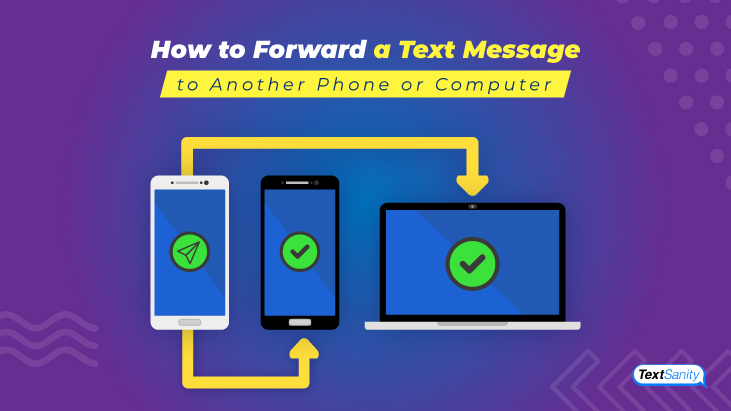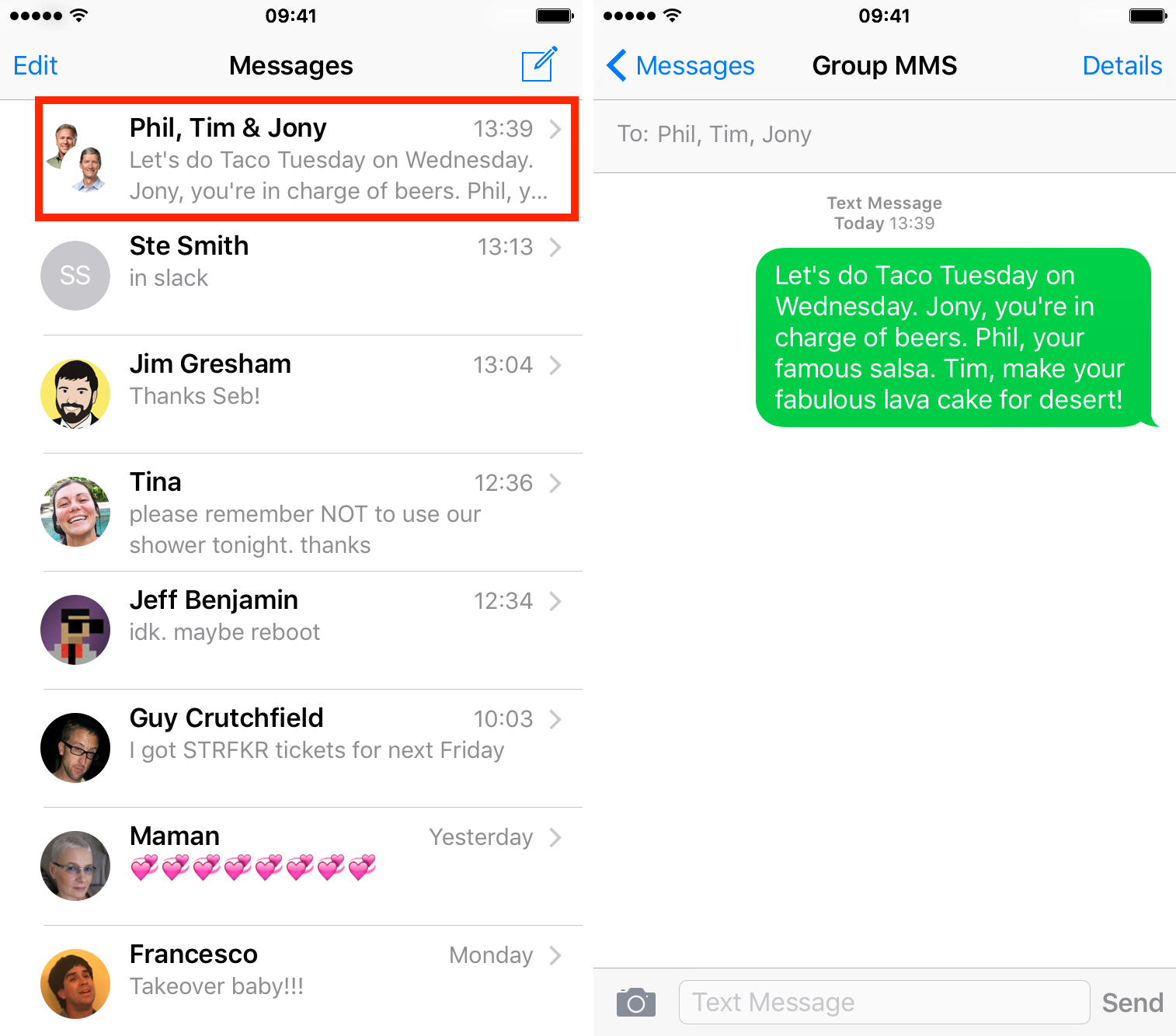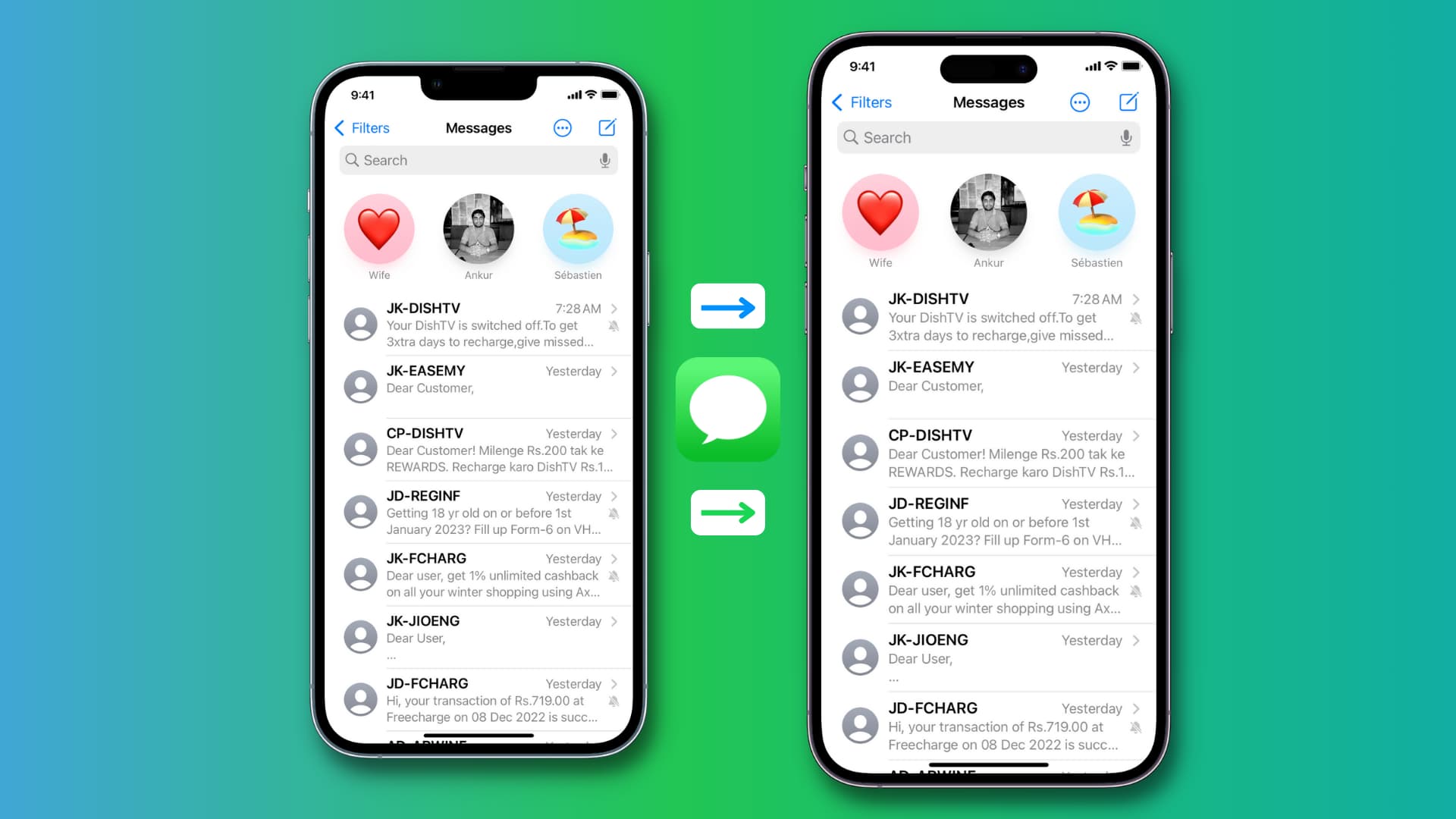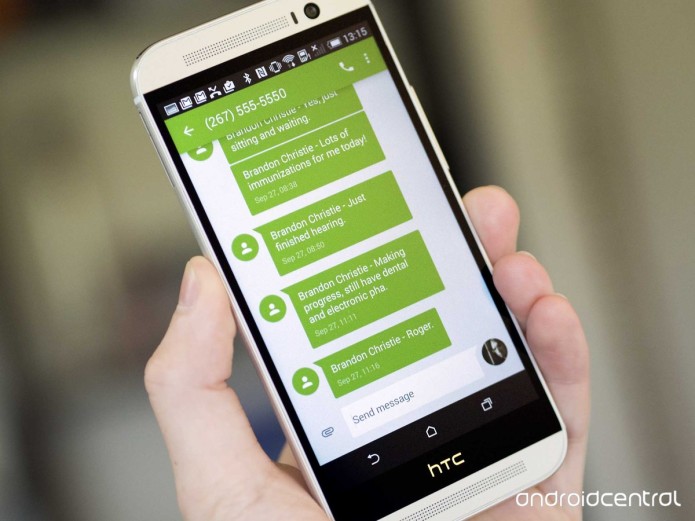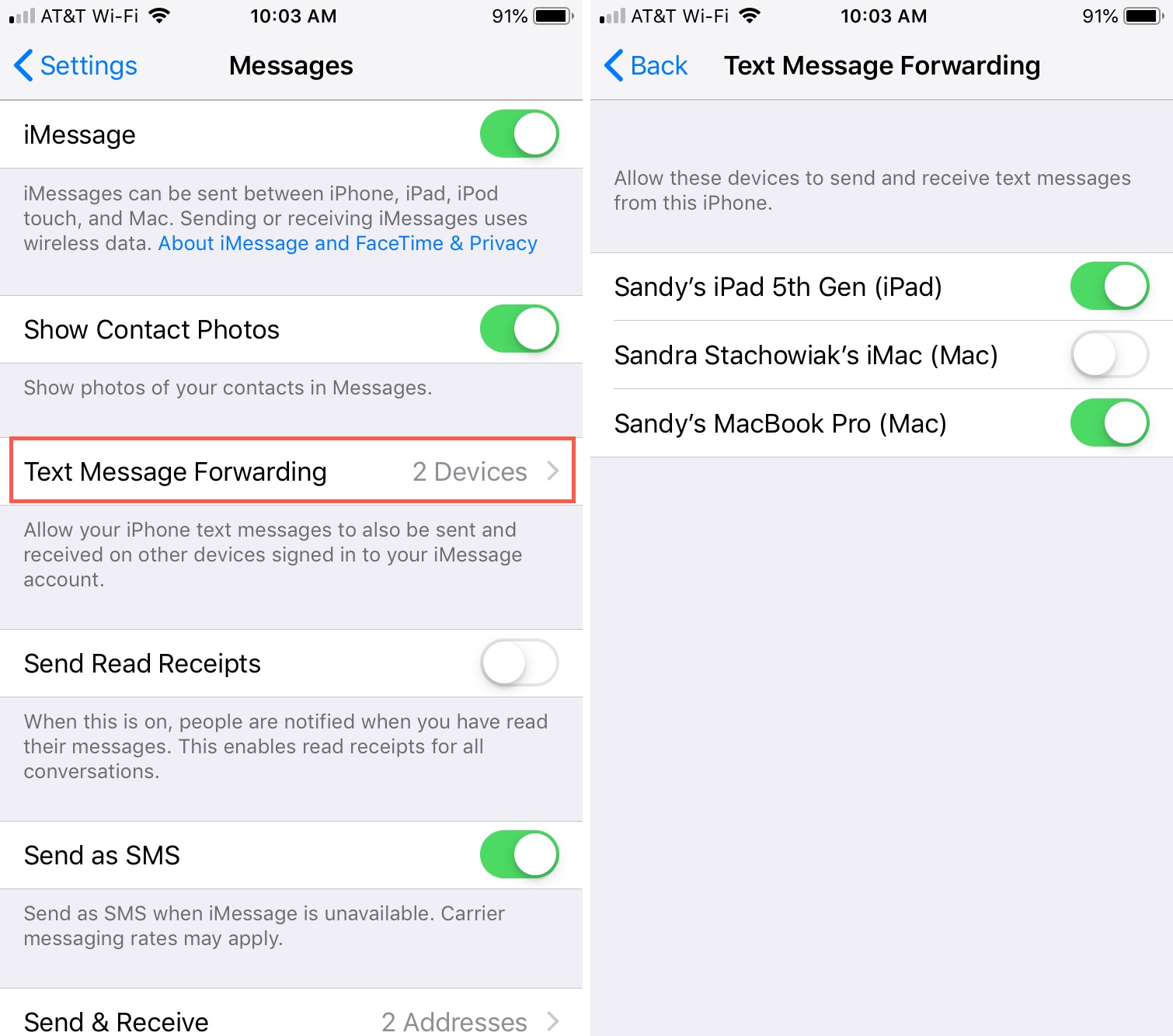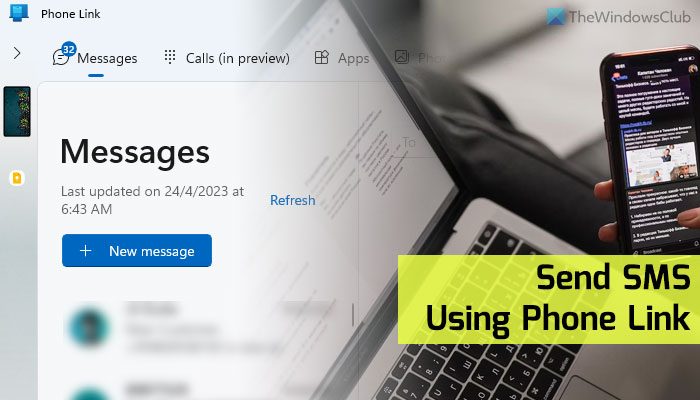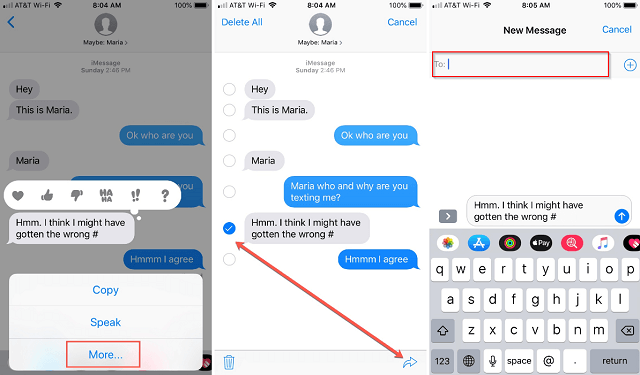Send Text Messages To Another Phone

The ability to send text messages from one phone to another has become a ubiquitous feature of modern communication, yet its underlying mechanisms and potential implications are often overlooked.
This technology, seemingly simple on the surface, relies on complex networks and protocols that enable instant communication across vast distances. Understanding the process of sending a text message, from its initiation to its delivery, is crucial for appreciating its role in contemporary society.
How Text Messaging Works
At its core, sending a text message involves transmitting data over cellular networks. The process begins when a user composes a message on their mobile device.
The phone then uses the Short Message Service (SMS) protocol to format the message for transmission. This protocol divides the message into small packets, typically 160 characters in length, and adds information such as the sender's and recipient's phone numbers.
Next, the message is sent to the nearest cellular tower. The cellular tower relays the message to a Short Message Service Center (SMSC).
The SMSC is a network element responsible for storing and forwarding SMS messages. It identifies the recipient's network and forwards the message accordingly.
The receiving network then delivers the message to the recipient's mobile device. The device decodes the message and displays it to the user.
Key Players and Technologies
Several key players and technologies contribute to the functioning of text messaging. Mobile network operators, such as Verizon, AT&T, and T-Mobile, provide the infrastructure for transmitting SMS messages.
SMSCs, operated by these carriers, manage the routing and delivery of messages. Standards bodies like the 3rd Generation Partnership Project (3GPP) define the technical specifications for SMS.
Phone manufacturers, such as Apple and Samsung, integrate SMS functionality into their devices.
Security and Privacy Considerations
While text messaging offers convenience, it also raises security and privacy concerns. SMS messages are transmitted in plain text, making them vulnerable to interception.
Eavesdropping can occur if a malicious actor gains access to the network or the SMSC. Encryption techniques, such as end-to-end encryption offered by some messaging apps, can enhance security, but standard SMS does not typically offer this level of protection.
Additionally, SMS messages can be used for phishing attacks and spam. Users should be cautious about clicking on links or providing personal information in response to SMS messages from unknown senders.
Impact on Society
Text messaging has had a profound impact on society, transforming the way people communicate. It has become a primary means of communication for personal and professional interactions.
Businesses use SMS for marketing, customer service, and internal communication. Emergency services rely on SMS for disseminating alerts and coordinating responses.
The widespread adoption of text messaging has contributed to increased efficiency, accessibility, and connectivity.
The Future of Text Messaging
While SMS remains a prevalent communication method, it faces competition from internet-based messaging apps. Apps like WhatsApp, Signal, and Telegram offer enhanced features such as end-to-end encryption, multimedia sharing, and group messaging.
However, SMS continues to be valuable due to its universality and reliability. It works on virtually all mobile phones, regardless of the operating system or internet connectivity.
As technology evolves, text messaging may adapt and integrate with new platforms and services. The fundamental ability to send short messages from one phone to another is likely to remain a vital aspect of modern communication.
The ongoing development and refinement of text messaging technologies aim to improve user experience, enhance security, and expand the functionality of this widely used communication tool.

